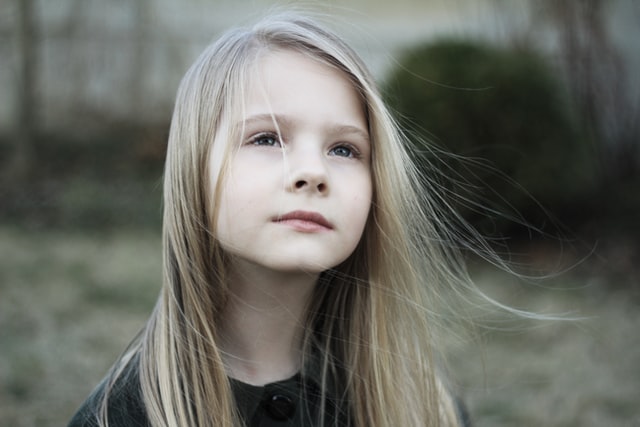Dandruff is among the most common skin conditions. It’s also one of the most uncomfortable. People with dandruff often find that it cycles throughout their lifetime and affects them differently at different times. Some people may have it more severely than others, and some people may have it worse when they’re stressed or anxious. There are a variety of reasons why people get dandruff, from dry scalp to oily hair to certain bacteria on the scalp. Luckily, most cases don’t require medical treatment. That said, there are a few things you can do to ease your symptoms and prevent it from recurring as much as possible: Reduce stress levels – Stress triggers the production of excess oil in your scalp, which can lead to dandruff. Keep stress in check by reducing your workload and increasing your social interactions (both positive and negative). – Stress triggers the production of excess oil in your scalp, which can lead to dandruff. Keep stress in check by reducing your workload and increasing your social interactions (both positive and negative). Use natural products – Natural remedies are usually inexpensive compared to prescription drugs or salon treatments. You may find that some home remedies work better for you than others so keep trying different things until you find something that works for you (i.e., don’t give up!).
Different signs and symptoms of head lice vs dandruff?
Itching is a symptom of both head lice and dandruff. However, there are other symptoms that can help you differentiate nits versus dandruff.
Head lice symptoms include:
- – A tickly feeling or moving sensation on the head – caused by the movement of the head lice
- – Finding head lice and nits in the hair (usually close to the scalp behind the ears, near the temples and nape of the neck)
- – Peppery pillow or scalp – a pepper like dust may be found and is caused by louse droppings.
- – Small red bumps or sores – these sores may be caused by an excessive allergic reaction to head lice bites
- – Oozing crusty sores – Excessive scratching can lead to a bacterial infection which causes oozing, crusty sores to develop.
- – Swollen lymph nodes (glands) on the back or front of the neck and fever which may indicate a bacterial infection
- – Difficulty sleeping – loss of sleep can occur due to relentless itching
- – Irritability – usually due to the annoyance of itching or loss of sleep
- – Anxiety – some people feel very anxious or stressed due to the stigma associated with head lice
Dandruff symptoms include:
- – An itchy scalp
- – Flaky skin that is either very oily or very dry
- – White or yellowish flakes on clothes
- – Red patches on the scalp
- – Symptoms that worsen with stress or in the winter and dry weather
Important differences between nits and dandruff
- Cause – nits are caused by parasitic insects called head lice and dandruff can be caused by yeast, fungal infections, and dry skin conditions like seborrheic dermatitis.
- Location – dandruff can be present anywhere or the scalp whereas head lice like the lay their eggs (nits) at the nape of the neck, behind the ears and near the temples where it is warmer
- Appearance – nits are attached directly to the hair (live eggs within 1cm of scalp, hatched eggs after 1cm), whereas dandruff flakes are not attached to the hair and can easily be removed
- Who is affected – dandruff usually starts in adolescents, head lice and nits tend to affect school-aged children
- Contagion – head lice and nits are contagious, dandruff is not contagious
Dandruff is a form of skin cell death that occurs when the skin’s natural oil production is disrupted, causing dead skin cells to fall off the scalp and stick to the hair, forming flakes. Nits are also caused by a disruption in the skin’s oil production, but they are different because they are a small, sticky and resemble tiny balls of egg white.



